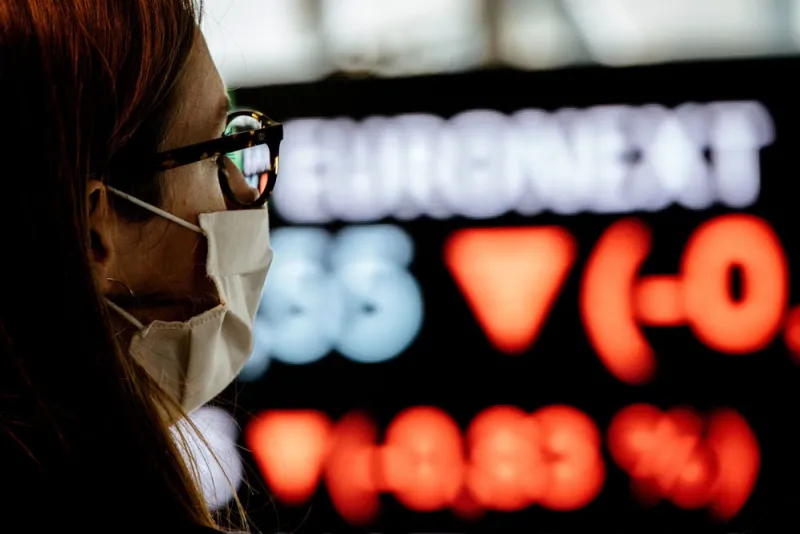A new study shows that investors have every right to fear that the remarkable rebound in equity markets since March is from extraordinary government actions, not a return to economic health.
StyleAnalytics, a quantitative research firm, evaluated the behavior of factors and subfactors in the second quarter, including value, yield, and growth. The firm found that factors, or stock characteristics, were not behaving like they have historically during enduring market recoveries. StyleAnalytics’ findings give pessimistic investors evidence that they’re correct to worry and that the rally may not have long-term legs.
The study “suggests the post-Covid [outbreak] market rally is not as much an expression of ‘getting back to normal’ as it is an expression of ‘the government stimulus is helping us get through this mess’.” Less a recovery and more a lifeline,” according to the two authors of the research, Damian Handzy, chief commercial officer, and Tom Idzal, managing director for North America.
In the U.S., the Russell 3000 gained 22 percent in the second quarter, with most of the increase coming in April. Looking more closely, high volatility as well as growth stocks were the biggest winners. The biggest losers were value and dividend yielding stocks. That’s bad news for investors looking for signs of a real recovery.
“We believe this is because the Q2 rally isn’t driven by the normal kinds of economic activity that are typical in a recovery. Value and yield do well when consumer and investor sentiment have positive outlooks and during times of rising medium-term interest rates. We’ve experienced neither of those in this past quarter,” according to StyleAnalytics.
[II Deep Dive: Stock Markets Are Flat. Infections Have Spiked. Which Do Investors Care More About?]
The research firm’s evidence that the rally is more about government saviors than economic health was also based on the inconsistent performance of quality and momentum stocks in the second quarter. In April, when the Russell 3000 gained 13 percent, quality-tilted stocks did poorly. In May, with the Russell 3000 up 5 percent, the performance of quality stocks was mixed. Come June, when the index was up only 2 percent, quality once again did poorly.
StyleAnalytics partially explained the up and down performance by looking at one quality subfactor — companies that have low leverage on their books. “Quality sub-factors like low gearing (low leverage) did well in May but lost that gain later in the quarter. The market temporarily rewarded those companies that had less debt in a period when many companies took on the government’s support package in the form of (likely forgivable) debt,” argued the authors.
A factor analysis of the rebound in European stocks showed a different pattern.
Just like in the U.S., high volatility and small cap stocks did well, while yield stocks underperformed.
However, European value and momentum stocks showed mixed results and growth stocks didn’t show anywhere near the outperformance of their U.S. peers.
“This rally is more of a government rescue-package induced rise than it is an economic vibrancy driven recovery,” concluded the study’s authors.







